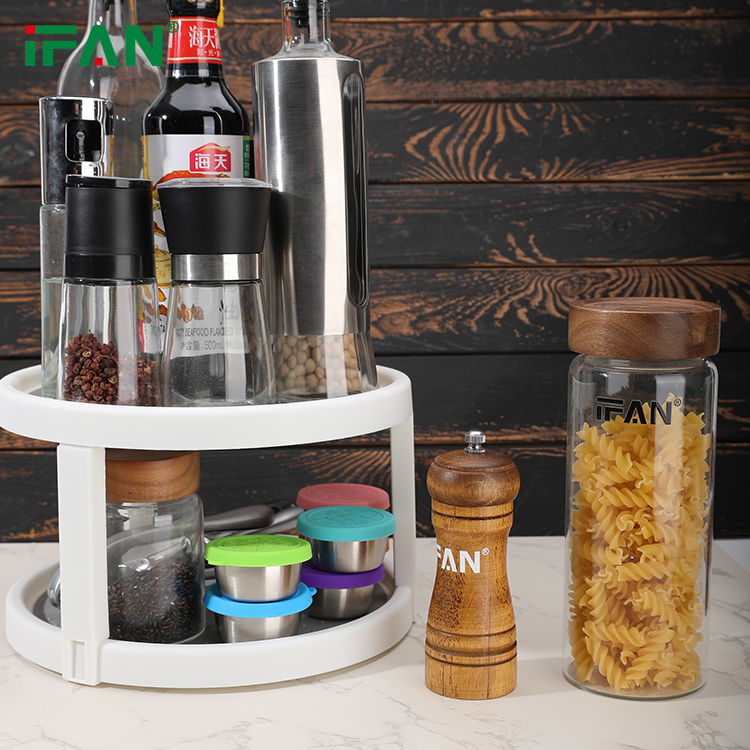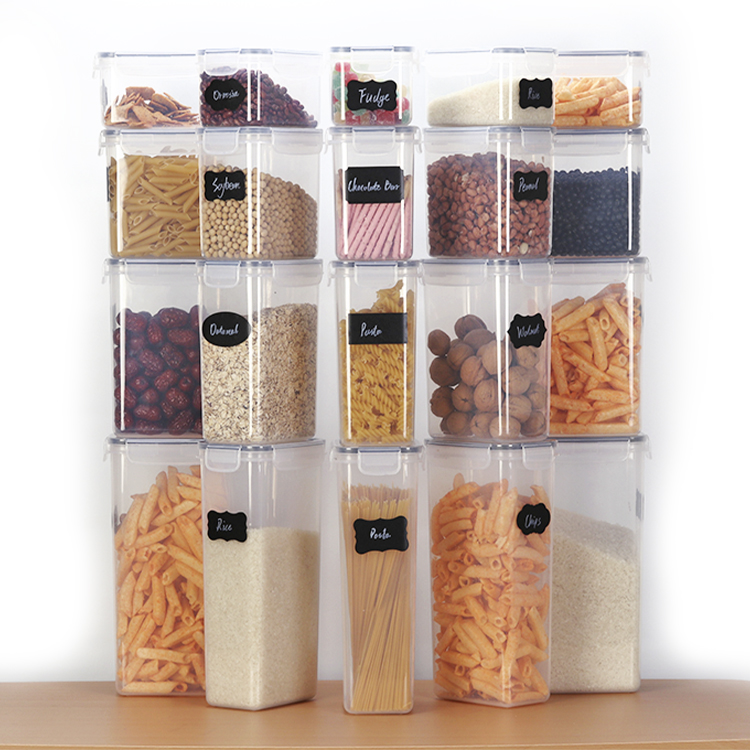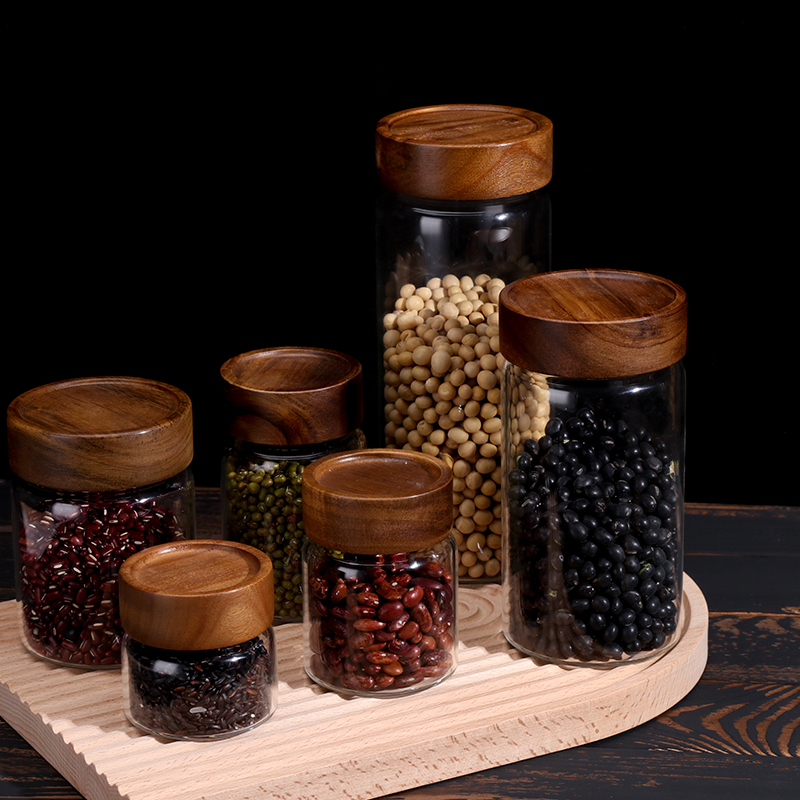Storing food properly is crucial for maintaining its freshness, flavor, and nutritional value. The best methods for storing food depend on the type of food, its shelf life, and environmental factors like temperature and humidity. Here’s a comprehensive guide on the best practices for storing different types of food:

- Refrigeration:
- Most perishable foods like meat, dairy products, fruits, and vegetables should be stored in the refrigerator to slow down bacterial growth and maintain freshness.
- Keep the refrigerator temperature at or below 40°F (4°C) to prevent the growth of harmful bacteria.
- Store raw meat and poultry in airtight containers or sealed plastic bags on the bottom shelf to prevent cross-contamination with other foods.
- Dairy products should be stored in their original packaging or airtight containers to prevent absorption of odors from other foods.
- Fruits and vegetables should be stored in the crisper drawer with high humidity settings to prevent wilting and dehydration.
- Freezing:
- Freezing is an effective method for preserving food for extended periods by slowing down the growth of microorganisms.
- Use freezer-safe containers or freezer bags to store food in the freezer, removing as much air as possible to prevent freezer burn.
- Label and date frozen items to keep track of their shelf life and prevent food waste.
- Foods that freeze well include meat, poultry, fish, fruits, vegetables, bread, and baked goods.
- Dry Storage:
- Dry storage is suitable for non-perishable items like grains, legumes, pasta, flour, sugar, and canned goods.
- Store these items in a cool, dry, and dark pantry or cupboard away from heat sources and sunlight.
- Use airtight containers or resealable bags to prevent moisture absorption, pest infestation, and spoilage.
- Check expiration dates regularly and rotate items to use older products first.
- Root Cellar:
- Root vegetables like potatoes, carrots, onions, and garlic can be stored in a root cellar or cool, dark basement for extended periods.
- Maintain a temperature between 32°F to 40°F (0°C to 4°C) and high humidity levels to prevent sprouting and spoilage.
- Store root vegetables in wooden crates, baskets, or mesh bags to allow air circulation and prevent mold growth.
- Canning and Preserving:
- Canning and preserving are traditional methods of storing fruits and vegetables for long-term use.
- Use canning jars, lids, and bands sterilized in boiling water to preserve homemade jams, pickles, sauces, and relishes.
- Follow approved recipes and processing methods to ensure food safety and prevent the growth of harmful bacteria.
- Vacuum Sealing:
- Vacuum sealing is an effective method for extending the shelf life of perishable foods by removing air and creating a tight seal.
- Use a vacuum sealer machine to package meats, fish, cheese, and leftovers in vacuum-sealed bags or containers.
- Vacuum-sealed foods can be stored in the refrigerator or freezer for longer periods without freezer burn or loss of quality.
- Ethylene Management:
- Ethylene is a natural gas produced by some fruits and vegetables that can accelerate ripening and spoilage of nearby produce.
- Store ethylene-producing fruits like apples, bananas, and tomatoes separately from ethylene-sensitive produce like leafy greens, berries, and cucumbers.
- Use ethylene-absorbing products like activated charcoal or ethylene-absorbing sachets to prolong the freshness of fruits and vegetables in the refrigerator.

In conclusion, the best method for storing food depends on the type of food, its shelf life, and storage conditions. By following proper storage techniques, you can extend the freshness and quality of your food, reduce food waste, and save money in the long run.

